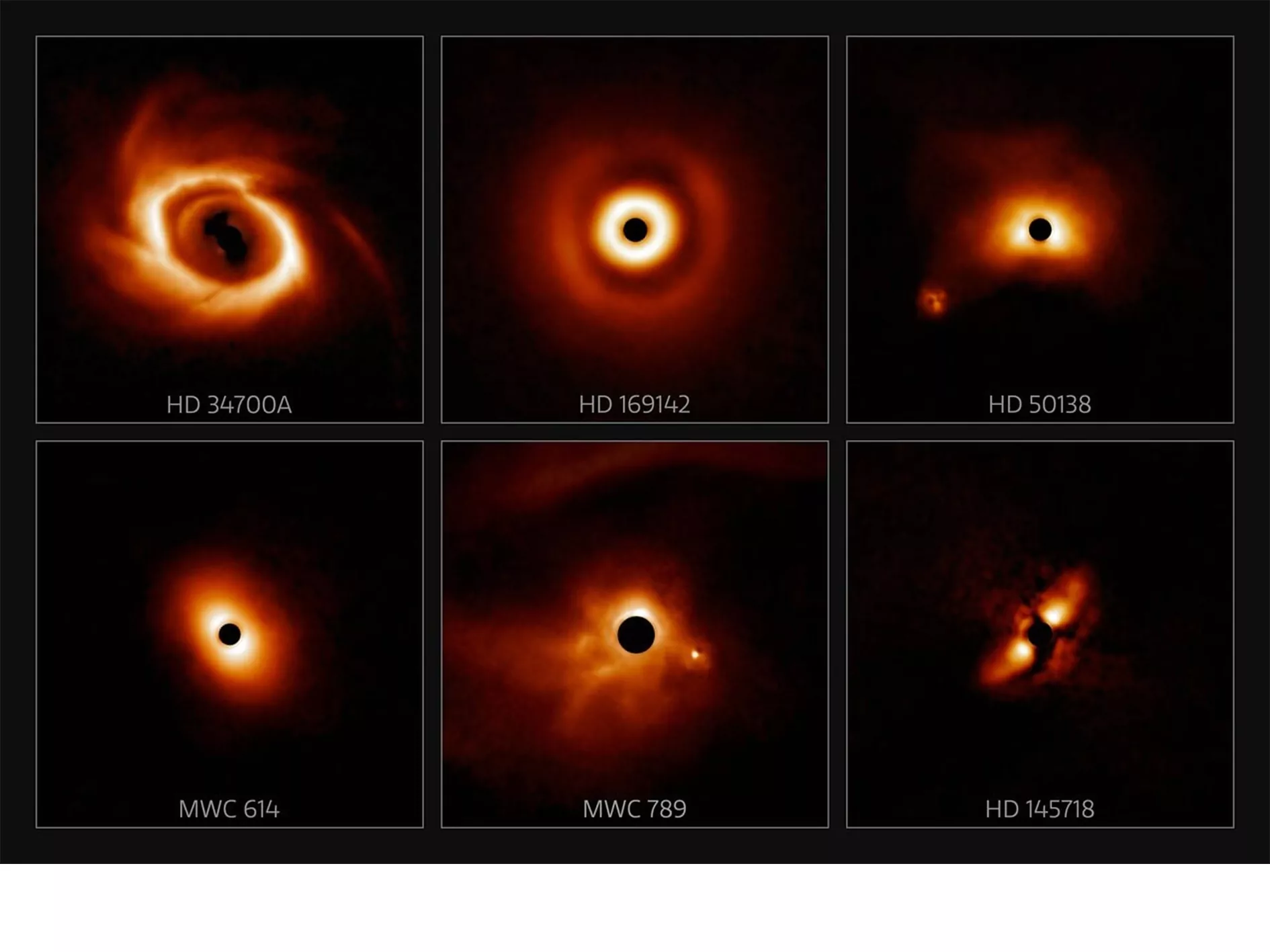It is still believed that planets are formed in disks of gas and dust surrounding young stars whose age by cosmic standards is only a few million years
Astronomers studied the resulting images of the environment of 44 young stars. The analysis of observations led to the discovery of a young exoplanet the size of Jupiter and another brown dwarf. Scientists were able to identify clear differences in protoplanetary disks orbiting stars with different masses.
«The main purpose of observations of young stars is to find an answer to the fundamental question: how planets are formed. In particular, our review is aimed at those that are more massive than the Sun,»
Planets are thought to form in disks of their gas and dust that surround young stars only a few million years old. Previous observations have shown that there are often gaps in them that form rings and are probably the result of the interaction of the emerging worlds with the environment.
In order to expand the understanding of the origin of these features, astronomers conducted observations of a sample of 44 young stars, 35 of which had a protoplanetary disk.
«It turned out that protoplanetary disks orbiting stars with a mass of less than three solar ones, as a rule, have rings, while the environment of more massive stars is devoid of them. The key result of the observations is that, perhaps, the formation of planets in these two groups of stars proceeds differently,»
said Evan Rich, lead author of the study from the University of Michigan, USA.
